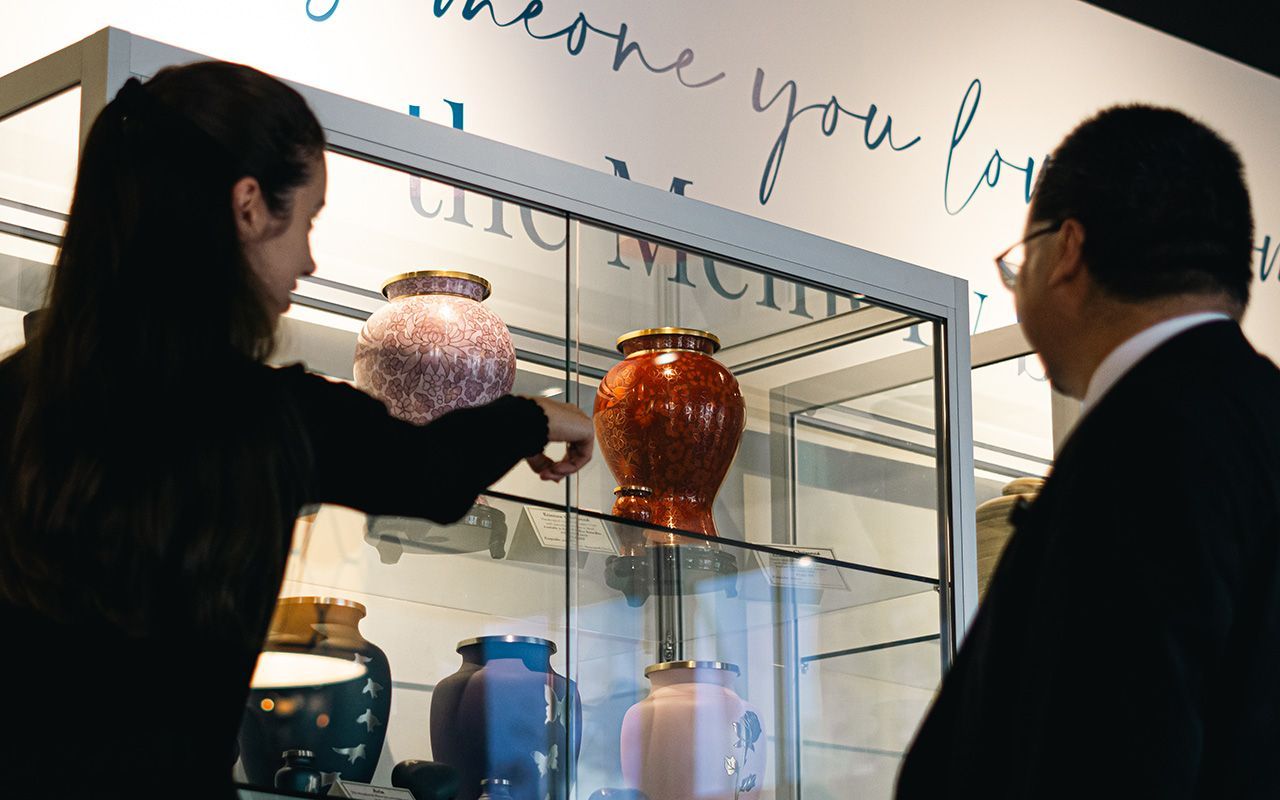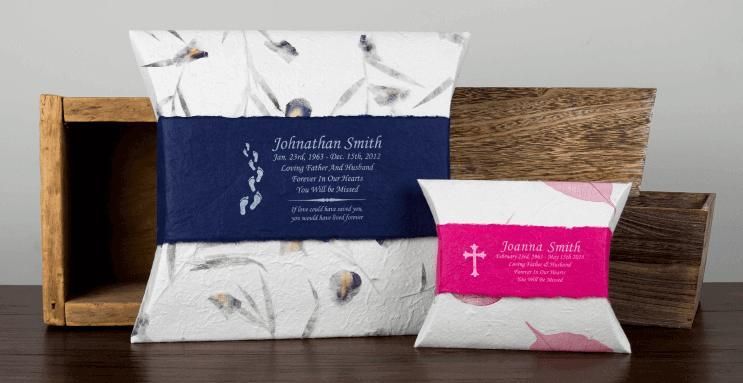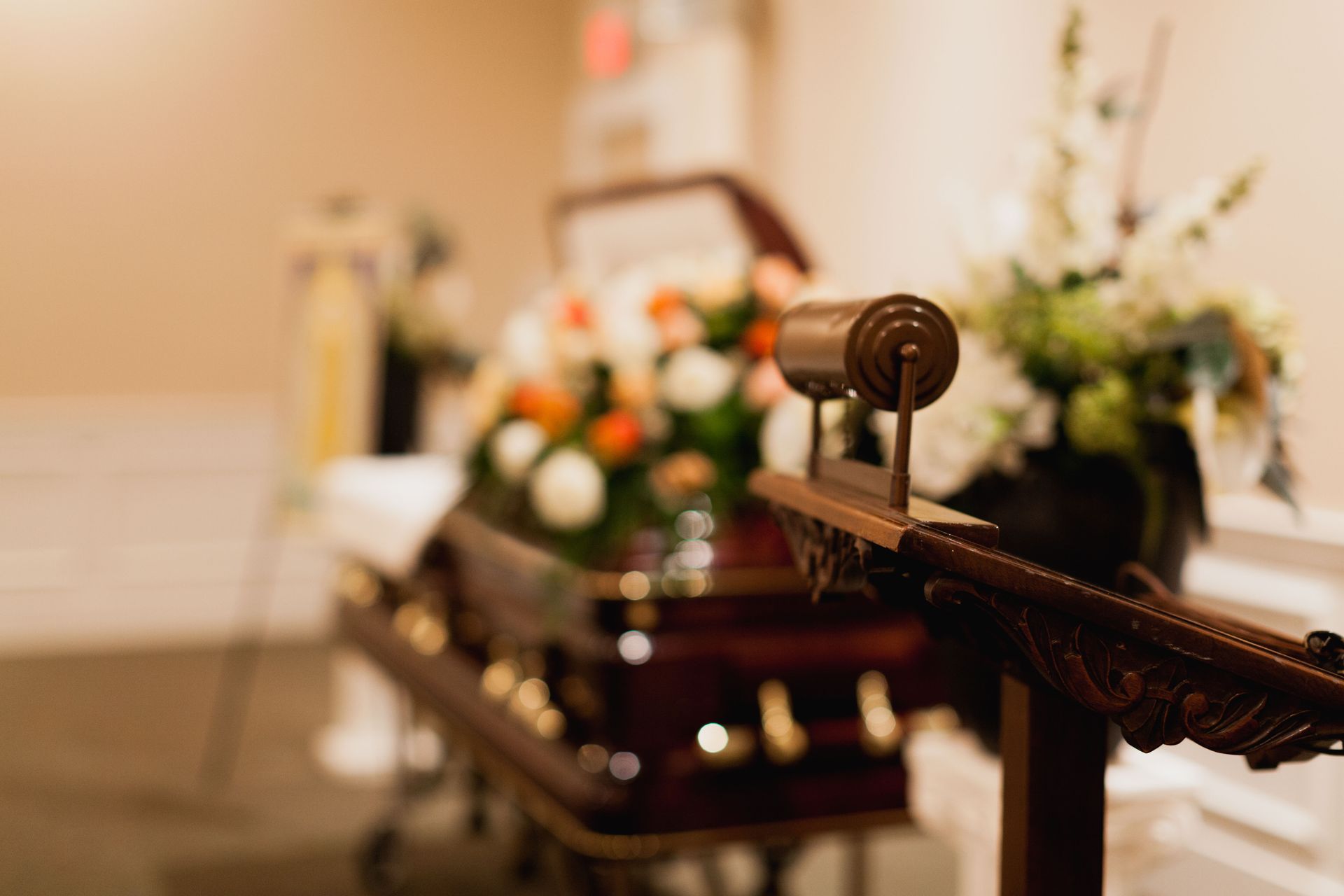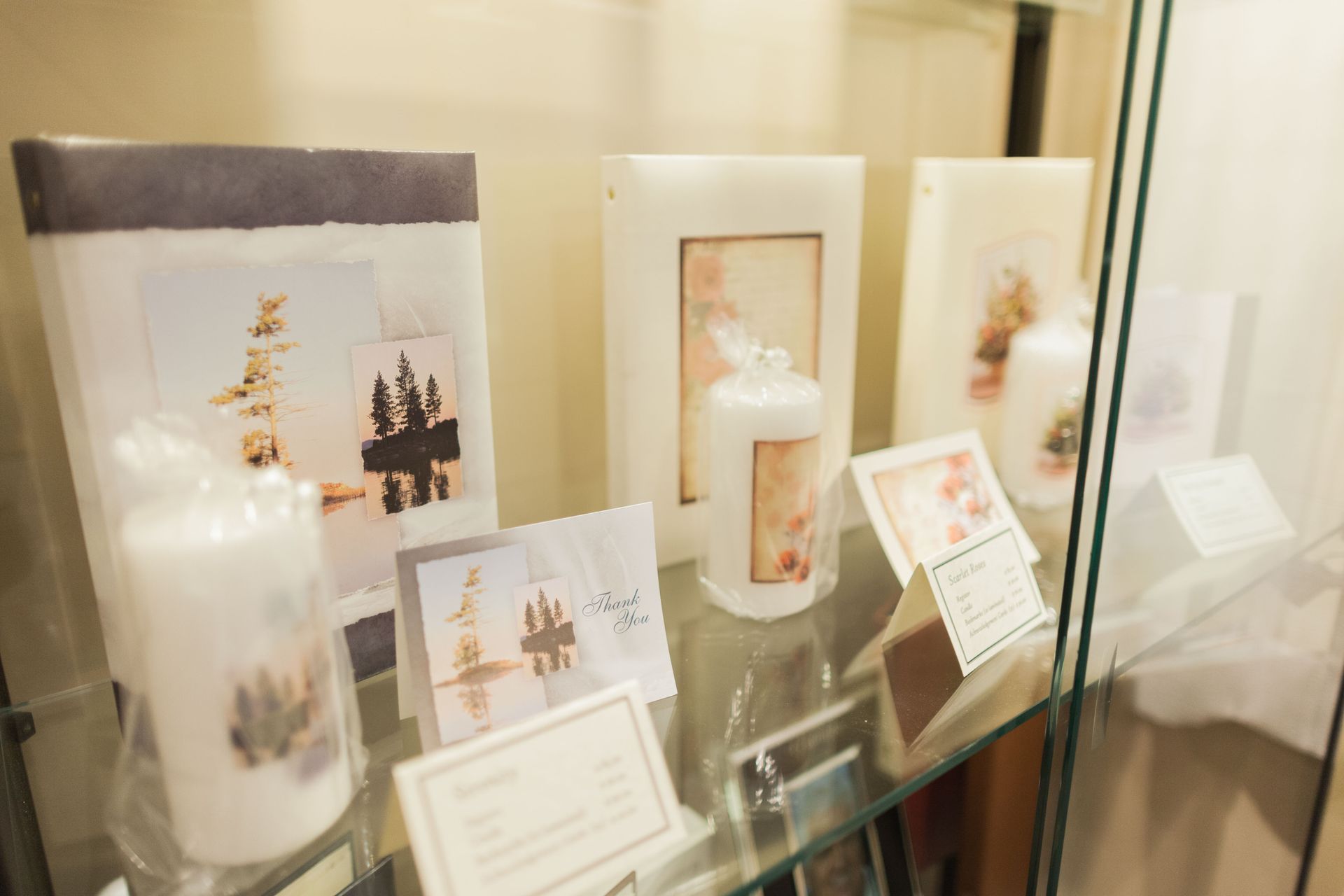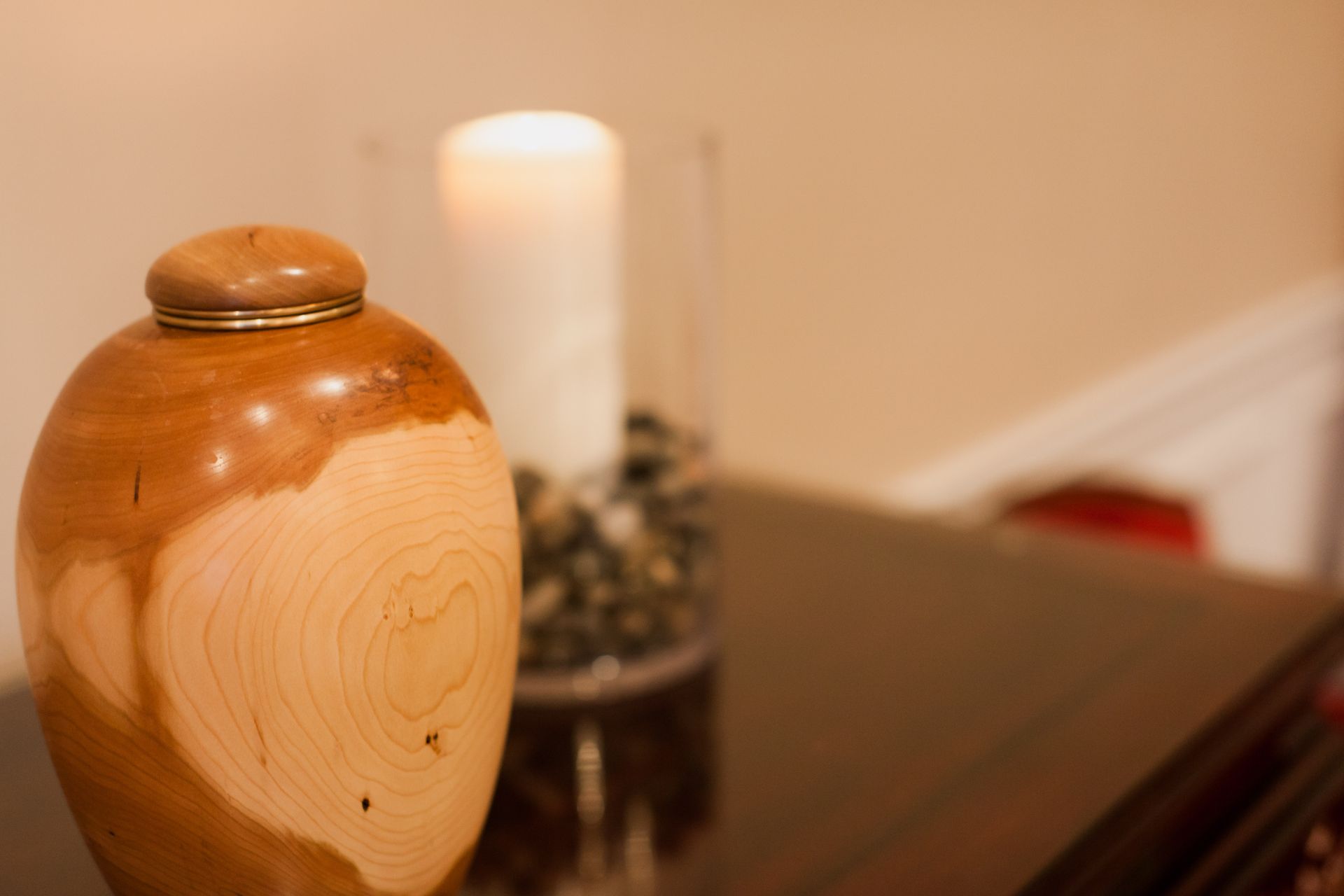September 18, 2024
So many decisions to make when someone you love dies..... after the initial arrangements are completed – cremation or burial, service or no service, embalming or no embalming, visitation or no visitation – you may wish to consider whether you want your loved one to be remembered through the creation of memorial stationery or keepsakes. There are many options to choose from if you decide to purchase funeral stationery. Prayer or Memorial Cards can be used as a memento of the funeral. These are nice for your guests to have as a remembrance of the individual who has died. They normally display a photo of the person who died along with the details of their birth and death, as well as information about the service, such as the date and place. These cards can become a treasured item to keep in memory of the individual who has died. Order of Service stationery can also be a helpful for your guests to have. This contains the details of the funeral ceremony, including any readings and hymns. This can make it easier for your guests to follow along with the service. A Personalized Guest Book is appreciated by families who can look back after the service to be reminded of those who attended the service. At a large gathering, family members may not be able to see or speak individually to everyone who has attended. This option also gives your guests an opportunity to leave a caring message for the family. Personalized Banner together with some of your loved one’s cherished personal effects that can make personalized stage for celebrating their life so those who attended the service or Celebration of Life can have a remembrance of your loved one. Slide Show Video a way to make a photo story or video of your loved ones’ life and special moments that can be showcase on a big screen on the day of the service or just a keepsake for you to tresure and watch to remember those special moments. Thank You Cards are a lovely way of showing your gratitude to those who have offered condolences to your family – those who have sent flowers or made donations in memory of your loved one, for example. All of the above options can be designed with a common theme that represents the personality of your loved one. Our talented graphic artist at Kearney’s will be happy to work with you to create these works of remembrance for your family and friends. Kearney’s can also offer your family more unique ways to remember your loved one in the form of memorial jewelry or other keepsakes that display the fingerprint or contain some of the cremated remains of the individual who has died. This could be an engraved picture frame, a pendant necklace or earrings in a wide range of designs or a glass paperweight. Our caring and knowledgeable staff at Kearney’s will be happy to guide you through all of the available options from our friends at Eternity’s Touch. Framed Canvas Portrait 8x10 photo Canvas portrait, professionally created by Collection-Souvenir, using technology that renders the photo to an oil painting placed on a beautiful frame, for you to have a beautiful picture of your loved one. Ink and Digital Fingerprints a currently popular memorialization, is through ink and digital fingerprints of a loved one, in fact, some families request that, as well as other commemoration projects such as footprints cast in cement for garden steppingstones, to printing on pendant jewelry. Keepsake Memorial Jewelry one way to keep a loved one close to the heart is through beautiful keepsake jewelry, such as ones offered by Eternity’s Touch who can store a piece of your loved one (in the form of their cremated remains) into a special pendant, locket, ring, or another piece to wear so you have them with you wherever you go. Customized Urns are a way of keeping the physical remains of a loved one who has passed, close to family. But they can also express a statement through personalization. By customizing an urn, families can continue to preserve and commemorate their loved one for years to come by selecting the material including marble, metal and even reclaimed wood sourced locally in B.C., as provided by Kearney partner, BAM Woodworks on Salt Spring Island. Virtual Memorialization Event the COVID-19 pandemic changed the way many events are conducted, including funeral ceremonies that had limited capacity, creating new options for sharing these moments in virtual ways. So, if you wish to include everyone who played an integral role in your loved one’s life, who can’t attend or are overseas, you can opt for an online memorialization. Online Memorialization can be done through storytelling in the form of words and images posted online where access to the information is widespread over various forms of social media. Kearney Funeral Services can work with you to provide the right wording and platform to honour your loved one memory. And visitors to the online obituary section can leave their messages of condolence. That way, friends, co-workers, and others who were important to your loved one can attend in a virtual room where you can all talk about your favourite memories. Customers can select from a range of biodegradable materials, such as urns handcrafted from recycled paper, beach sand, and even Himalayan rock salt. That way, families who wish to scatter their loved one’s ashes, or place their remains out in a place of significance to them, can do so with minimal impact to the environment. Memorial stationery and keepsakes can provide peace and comfort for the family and friends long after a loved one has died. These tangible reminders, each unique to your loved one, can bring solace in times of loss and grief.
